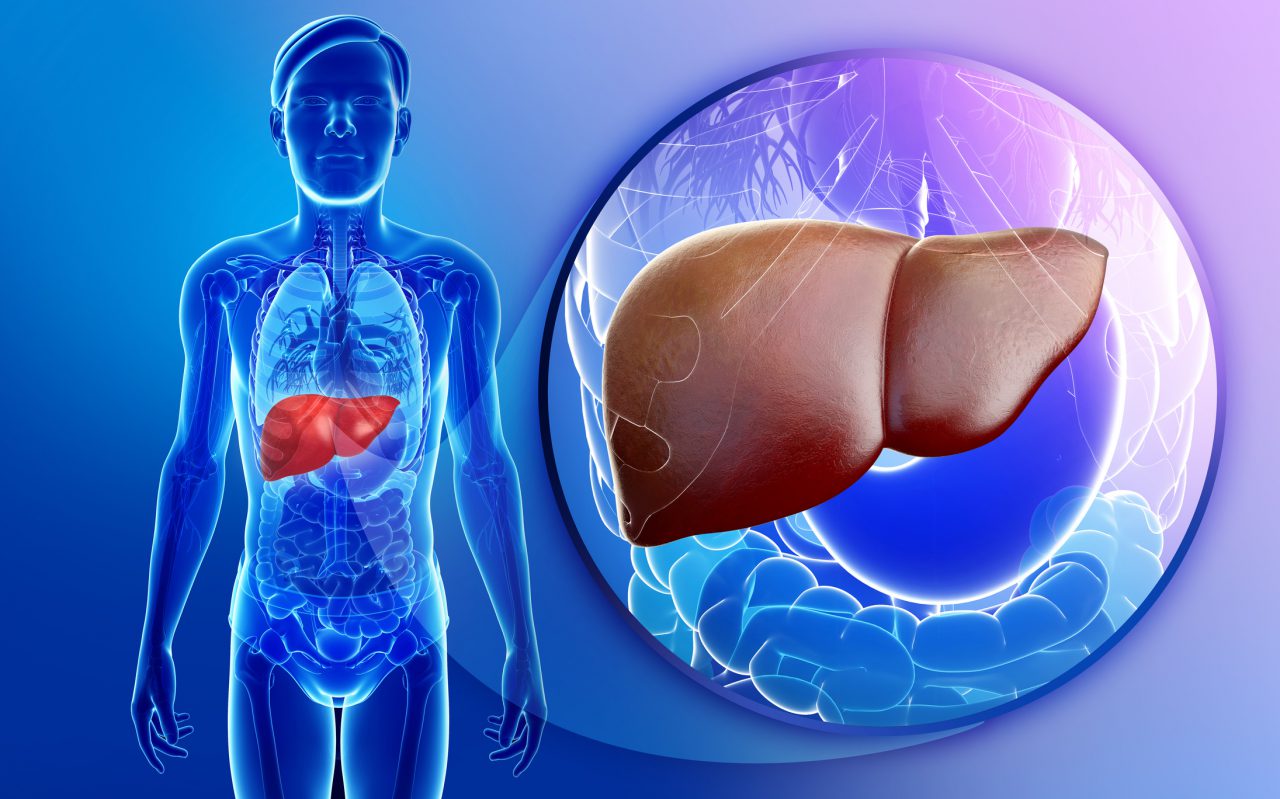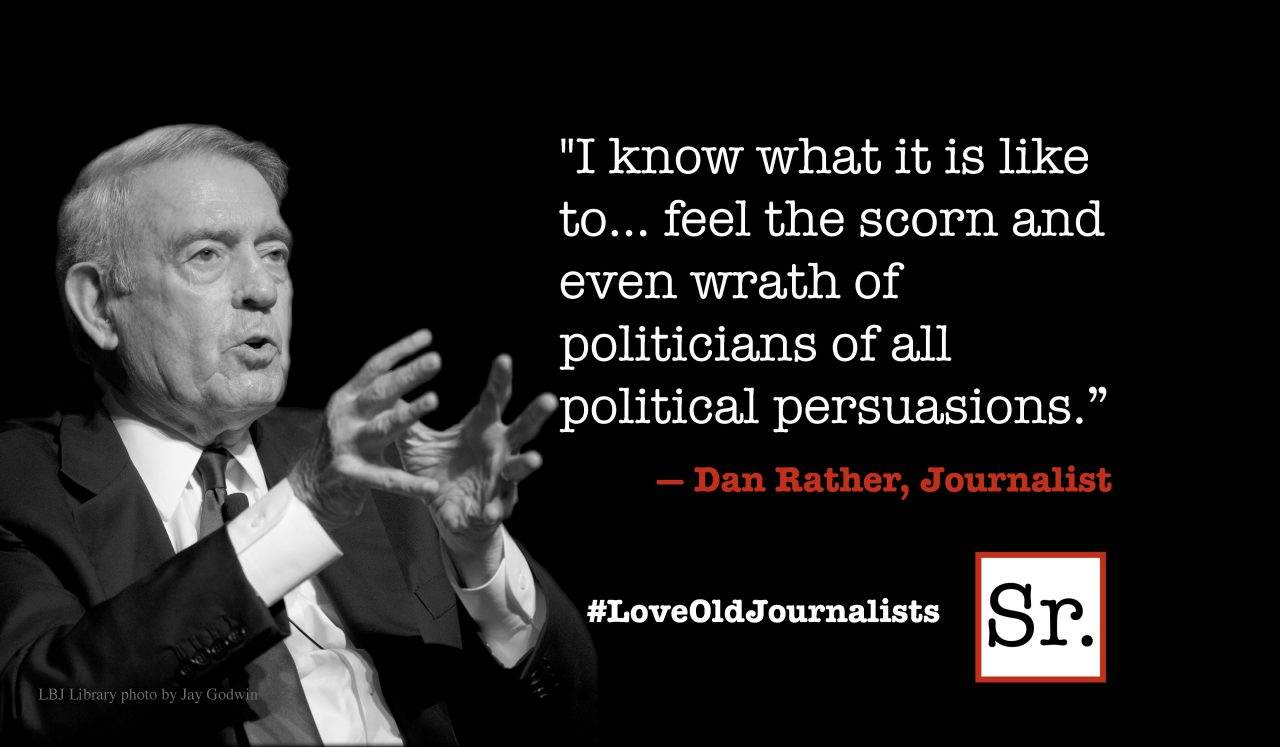Q. What causes bad breath?
The following are causes of bad breath:
- Any food stuck in your teeth will decay and give off an odor. If dentures don’t fit correctly or are not cleaned often, they can collect food and lead to bad breath.
- Some foods such as onions, garlic, spices and herbs. They contain substances that create bad breath when digested.
- Alcoholic beverages. Alcohol, itself, is odorless, but many alcoholic beverages contain ingredients that leave a telltale odor.
- Periodontal (gum) diseases and canker sores
- Dry mouth (xerostomia) is a condition that allows dead cells to accumulate in your mouth creating bad breath.
- Diseases of the lung, kidney, liver, stomach and pancreas.
- Sinus infections, strep throat, tonsillitis and mononucleosis.
- Smoking. This dries the mouth and causes an odor of its own.
- Severe dieting.
Here are some ways to prevent bad breath:
- Brush your teeth after you eat.
- If you wear a denture, clean it at least once a day.
- Floss daily or use another interdental cleaner such as a high-power electric toothbrush.
- Brush your tongue, which can collect bacteria and food particles.
- Drink water to moisten your mouth.
- Chew sugarless gum. It stimulates saliva production and collects debris.
- Buy a new toothbrush several times annually.
- Get a dental examination.
Q. How addictive is cocaine?
Cocaine is so addictive that you can be hooked with a single use. It causes a short-lived high that is immediately followed by depression, edginess, and a craving for more of the drug. Cocaine interferes with the way your brain creates feelings of pleasure, so you need more of the drug to feel normal.
Cocaine, which is illegal, is extracted from the leaves of the coca plant. It is a drug that comes in the form of a white powder that is snorted. It can be converted to a liquid form for injection. Crack is cocaine processed into a crystal form for smoking. Crack, also called “rock,” looks like small chunks of soap.
Cocaine is lethal. It can cause strokes, heart attacks and respiratory failure. In addition, it can cause irregular heartbeat, depression, violent actions and loss of sexual function.
Cocaine was first used in the 19th century in surgery as an anesthetic and to reduce bleeding; it constricts blood vessels. Safer drugs came along to replace it.
Q. How much alcohol do you have to drink to get cirrhosis?
Cirrhosis is a condition that causes irreversible damage to the liver. Whether you get cirrhosis depends upon the amount of alcohol you drink and a predisposition for the condition. Even “social drinkers” can develop cirrhosis.
If you drink a lot of alcohol, you will hurt your liver. However, you will not necessarily get cirrhosis. You have a one-in-three chance of getting cirrhosis if you drink 8 to 16 ounces of liquor a day (or the equivalent in other alcoholic drinks) for 15 years or more.
The liver, which is located in the upper right side of the abdomen, is the largest organ in the human body. It weighs about three pounds and is—believe it or not—about the size of a football. You cannot live without a liver.









